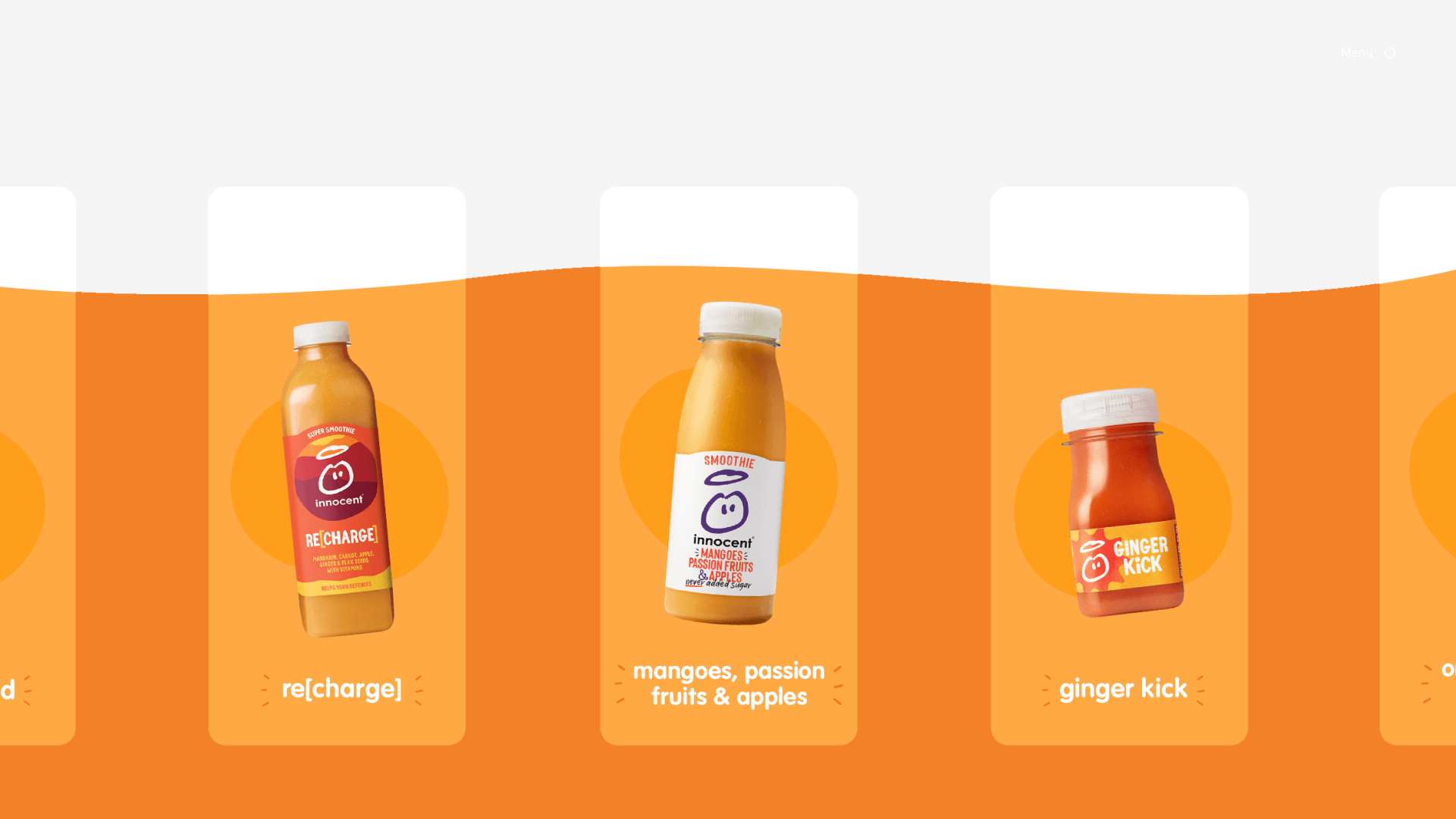
As the largest employment agency in the Netherlands, Randstad has an enormous database of vacancies and outstanding advertisements for all available jobs. Maintaining an overview of current advertisements can therefore be quite a challenge. Which platforms contribute to conversions? And which job ads are still online when they should be offline? New data-driven solutions make it easier and more efficient for Randstad to show vacancies in the right place and fill them.

Scalability as a requirement
Scalability is a must for Randstad. All solutions were therefore developed within Google Cloud Platform with the idea that another country within the Randstad Global organisation can easily make use of the same technology. Our data models and machine learning applications are generic and can be applied to data from other countries.
In this way, we developed solutions that are reusable, reduce future development costs for other countries, and allow the business impact of solutions to be scaled up quickly.

A personalised attribution framework
We created a custom-made attribution framework in Google Cloud that completely fits Randstad’s modus operandi and maps out the entire customer journey of thousands of applicants. A framework that makes it easier for marketers within Randstad to collect data, gain insights and experiment with campaigns to achieve the desired results. The complete attribution framework consists of four steps:
Data collection
Structuring data into customer journeys.
Modeling
Build and automate data-driven attribution models.
Gathering insights
Visualise attribution outputs and then gain insights.
Experimenting
Based on the insights, changes are made to the campaigns through experiments within marketing channels and budgets. This is the step where actual business value is generated.

A smart supply and demand model
Randstad wants to eliminate or reduce media spend for vacancies that already receive a lot of supply from the market in order to reduce unnecessary costs. Our solution: the demand and supply model. This model uses data sources from the job feed, Randstad’s own database, and Google Analytics to generate the required input variables. The raw data is then transferred to Bigquery, the data warehouse in Google Cloud Platform, and a fill score is calculated on a daily basis. These scores are sent to various databases for the marketing and IT teams to use, helping Randstad to be more data-driven as an organisation:
- Online marketing optimisation: the scores are used to determine whether a vacancy should be pushed to paid channels. When the score of the demand and supply model exceeds a certain threshold, it is no longer pushed. The vacancy can however still remain active, but then has a higher chance to receive applicants through organic channels.
- Platform optimisation: the scores can be used for activation on the Randstad website. Jobs that are harder to fill are placed on specific pages to generate more traction.
Data-driven, efficient and cost-saving
The results
The tailor-made solutions we developed together with Randstad help Randstad as an organisation to:
- Become more data-driven;
- Be more efficient with its media budget;
- Improve the online user experience of potential or existing candidates
Questions?
Data Scientist
Rick van Sintmaartensdijk
Discover more


